Red Screen on Computer: Causes and Effective Solutions
Are you experiencing your computer screen suddenly turning red? Don't worry too much; this is a fairly common issue and can be resolved. This article will help you understand the causes of the red screen error and provide simple solutions so that you can fix it yourself at home.
In the modern technological world, a red screen on a computer is not only a cause of anxiety but also a source of concern for many users. When the screen suddenly turns red, not only the user but also those around may feel confused and worried. However, this issue is not always a sign of a major problem. In this article, we will explore the causes of the red screen and simple solutions to fix this problem, helping your computer "come back to life" easily.
Why Does a Computer Have a Red Screen Issue?
There are several reasons why a computer screen might display a red tint. Some common causes include:
- Graphics Card Issues: The graphics card may encounter hardware or software issues, leading to a red screen display.
- Hardware Damage: Some internal components of the computer, such as the motherboard, memory, or other parts, might be damaged, causing the screen problem.
- Poor or Damaged Screen Cable Connection: If the cable connecting the computer to the screen is loose or damaged, it can lead to a red display.
- Motherboard Conflicts: Some ASUS motherboard models may experience compatibility issues, causing the screen to display red.
- Strong Magnetic Fields: Another factor that can cause a red screen is a strong magnetic field in the area where the computer is used.
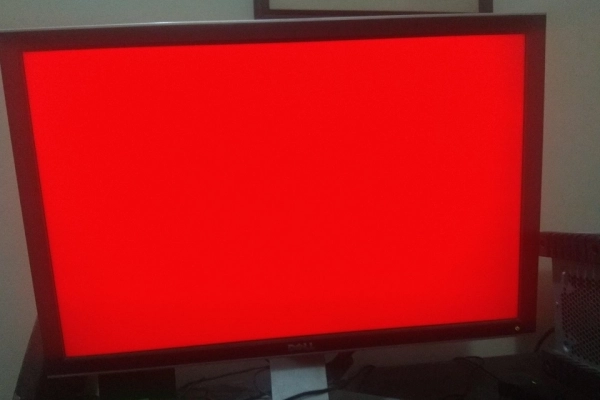
Additionally, issues with driver settings, software configurations, or other errors can also lead to a red screen on the computer. In any case, it is important to check and fix the specific cause to restore normal screen operation and avoid eye strain.
Quick Ways to Check and Fix Red Screen Errors
A red screen can occur for various reasons, from software glitches to hardware issues. To effectively address this problem, you can follow the steps below to check and fix the issue.
1. Check Software
Here are the steps to check and resolve software issues causing the red screen:
- Restart the Computer: Sometimes, restarting the computer can temporarily resolve software issues causing the red screen.
- Update Drivers: Outdated or corrupted drivers can cause the red screen. Go to Device Manager, find and update drivers for important devices like the graphics card, chipset, and sound.
- Scan for Viruses and Malware: Use antivirus software to scan and remove any malware that could be causing the red screen.
- Check Software Settings: Some software might be incompatible with the operating system or other software, causing the red screen. Try uninstalling any recently installed software to see if it fixes the issue.
- Boot into Safe Mode: Safe Mode allows you to start the computer with only the most basic services, helping you determine if a third-party software issue is causing the problem. To enter Safe Mode, press the F8 key when the computer starts and select Safe Mode from the displayed menu.
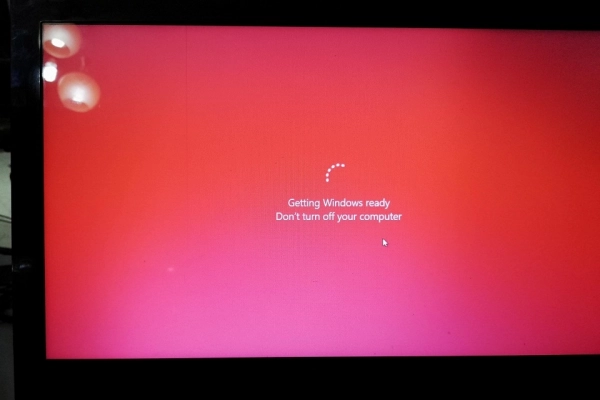
By following these steps, you can identify and fix software issues causing the red screen.
2. Check Hardware
- Check Cable Connections: Ensure that all cables connecting the computer and screen are securely plugged in and not loose.
- Check the Graphics Card: Remove and reinsert the graphics card to ensure it is securely attached to the motherboard. If possible, try using a different graphics card to see if the issue is with the current one.
- Check Temperature: Overheating can cause various issues, including a red screen. To check the CPU and GPU temperature, you can use monitoring software like HWMonitor or MSI Afterburner. Ensure that the cooling system is working effectively, and clean the computer to remove any dust that might obstruct airflow.
- Check RAM: Faulty RAM can cause the screen to display a red tint. Use a tool like MemTest86 to check the RAM’s condition. Remove and reinsert the RAM sticks to ensure they are securely connected to the motherboard.
- Check Power Supply: If the power supply is unstable or insufficient, it can lead to display issues. Ensure that your power supply is strong enough to provide stable power for the entire system.
- Try a Different Monitor: If possible, connect your computer to a different monitor to check if the issue lies with the current monitor.
- Check the Magnetic Field in the Area: Another possible cause of a red screen is a strong magnetic field in the area where the computer is used. To check if this is the cause, you can move the computer and monitor to a different area in your home or office, away from devices that might generate a strong magnetic field like large speakers, industrial machinery, or other electronic devices. After moving, restart the computer and check if the screen is still red. If the screen works normally in the new location, it is likely that the strong magnetic field in the old location caused the red screen issue. In this case, make sure the computer is placed away from devices that generate strong magnetic fields to avoid the issue from recurring.
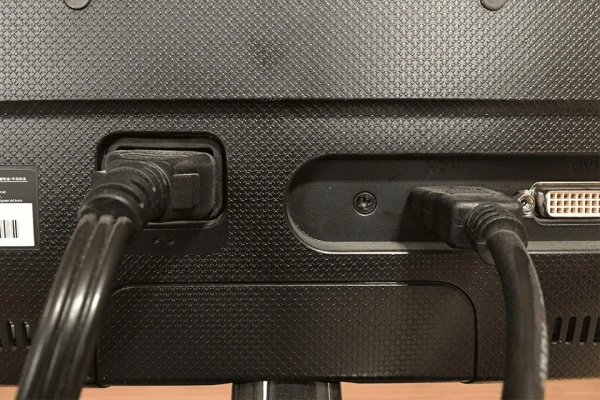
By following these steps, you can quickly identify and fix the cause of the red screen on your computer. If the above steps do not resolve the problem, consider taking the computer to a reputable repair center for a thorough inspection and technical support.
How to Deal with a Red Screen on a Laptop?
If your laptop has a red screen, fixing it may be slightly different from a desktop computer. First, check the software aspects by restarting the laptop and updating the drivers, especially the graphics card driver. If the red screen persists, try booting into Safe Mode to see if the issue is caused by incompatible software or drivers.
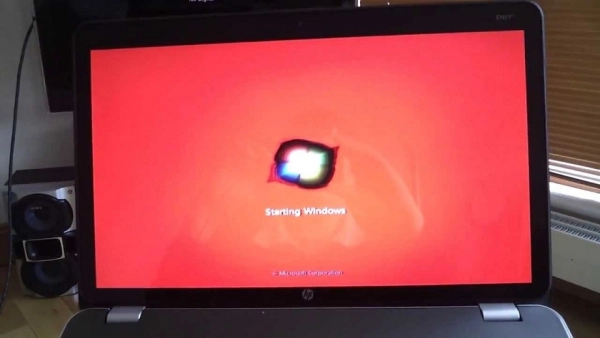
If the problem is not software-related, check the hardware components. Ensure that there are no internal cable connection damages (between the screen and motherboard). If you have the knowledge and experience, try disassembling and checking the internal connections of the laptop. If you are not familiar with this, it is best to take the laptop to a reputable repair center for inspection and repair. Experts will be able to accurately diagnose and safely and effectively fix the red screen issue.
Hopefully, through this article, you have gained a clear understanding of the common causes of the red screen and how to effectively fix it. While a red screen may be a concerning issue for many computer users, with the simple and specific solutions mentioned, you can easily check and repair the problem yourself. From software checks and driver updates to hardware inspections and environmental factors like magnetic fields, all steps are aimed at helping you "revive" your computer easily and quickly. If you encounter difficulties or cannot fix the issue on your own, do not hesitate to take the computer to a reputable repair center for expert support. Good luck with fixing the red screen error and enjoying smoother computer usage experiences.
Submit feedback
Your email address will not be made public. Fields marked are required *
Search
Trend
-
What is Black Myth: Wukong? Detailed Guide on System Requirements and Gameplay
08-21-2024 . 1k view
-
The simplest and fastest way to log into the Chinese TikTok, Douyin.
01-10-2022 . 1k view
-
Blog sites that will accept AI generated content
07-26-2024 . 1k view
-
Call of Duty: Black Ops 6 - Intense, Mysterious, and Surprising Warfare
09-02-2024 . 1k view
-
The "End of Life" for Windows 10: A Massive E-Waste Threat and Sustainable Solutions
08-18-2024 . 946 view






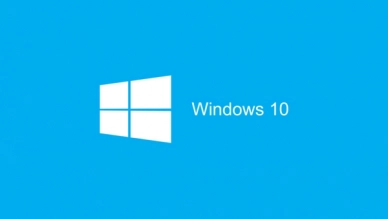

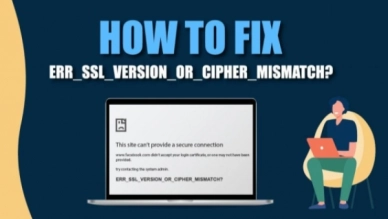
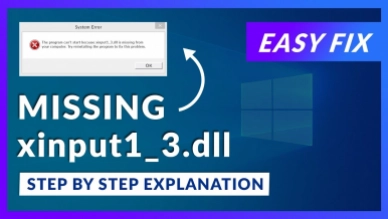
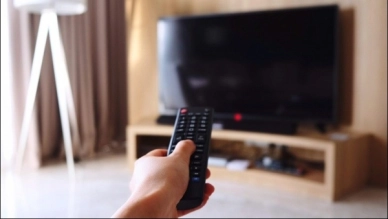
0 feedback